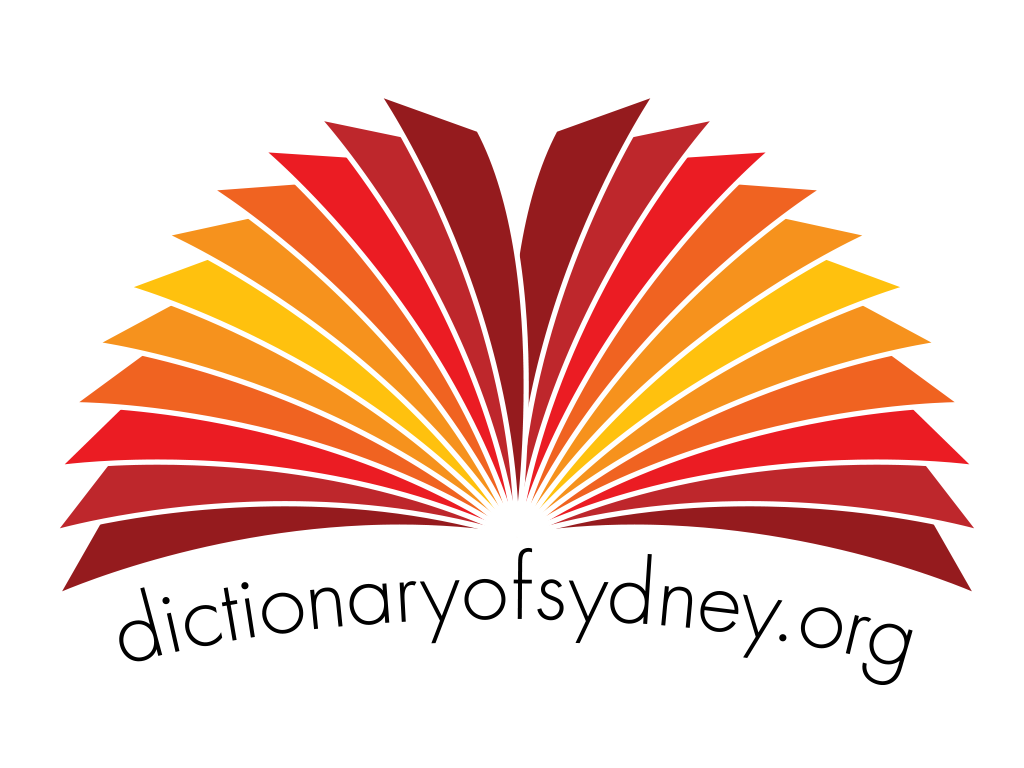The Dictionary of Sydney was archived in 2021.
Search
Kippax, H G (Harry)
One of the most authoritative theatre critics Australia has ever produced. He was a foreign correspondent and war correspondent and theatre and music critic at the Sydney Morning Herald for over 40 years.
Pendrill, John
Clergyman from Gloucester, England who commenced his career in the Anglican Church in his home country before going to Ghent, Belgium. After arriving in Sydney he established a school for boys in Glebe.
MacLaurin Hall
Gothic Revival hall on the second floor of the University of Sydney quadrangle. Before the construction of the present Fisher Library building in 1962, it was the original Fisher Library reading room.
Kuepper, Ed
Musician who was a founding member of pioneering Brisbane punk band The Saints in 1976, and a feature of Sydney's live music scene as a solo artist and with bands Laughing Clowns and the Aints.
Foveaux, Joseph
Soldier and administrator in the New South Wales Corps who was in command of Norfolk Island from 1800-1804, and later took command in Sydney after the Rum Rebellion deposed Governor William Bligh.
Daley, Victor
Poet and journalist whose work appeared in the Bulletin and Sydney Punch, and founder of the Dawn and Dusk club of writers and artists. He often wrote under the pseudonym Creeve Roe.
Murray, Alec
Sydney photographer, a member of the so-called 'Merioola Group' of artists who, from the early 1940s to the early 1950s, lived and worked in Merioola, a boarding house in Woollahra converted from a Victorian-era mansion.
Vic Johnston
Victor Johnston was a writer and press photographer in Sydney from the 1930s through till the 1960s. He worked for the Sun, for People and for PIX. Often mistakenly credited as Vic Johnson.
Cooks River Environment Survey and Landscape Design: report of the Cooks River Project
Regional and environment planning report sponsored by Canterbury Municipal Council, Marrickville Municipal Council, South West Sydney Regional Social Development Council, Total Environment Centre, with the support of Rockdale Municipal Council.
Royal Australian Historical Society Green Plaque 55. Governor's Bathing House
Commemorative plaque that was installed on the site of the Governor's Bathing House in the Botanic Gardens between 1984 and 1988 as part of the Sydney Green Plaques Bicentennial project.
Devonshire Street Meeting House
Second oldest Meeting House in use by Quakers in Australia. The previous Meeting House in Sydney had been built in the Friends Burial Ground in the Devonshire Street Cemetery in 1868.
Harry Rickards's Tivoli
Whether it was juggling, comedy or a gorgeous chorus line, the Tivoli was for almost three decades the home of Harry Rickards's vaudeville entertainment in Sydney.
Dr Iza Coghlan
Iza Coghlan was one of the first two women in New South Wales to graduate in medicine at the University of Sydney in 1893. The second Australian woman doctor to register with the New South Wales Medical Board, she pioneered private medical practice in Sydney and was the first…
Tiy Sang Company
Fruit and vegetable business that operated through the markets in Sydney. Bananas were a large part of their business and they had investments in Coffs Harbour, Fiji and elsewhere in the Pacific Islands.
Irvine, Robert Francis
Teacher and lecturer who became the first professor of Economics at the University of Sydney in 1912. He also gave the first lecture in the Australian branch of the WEA in 1913.
Rees, Leslie
Author of the Digit Dick series for children, as well as journalism, travel books and an autobiography, Leslie Rees was a well-respected member of Sydney's literary community.
St Stephen's Presbyterian church Macquarie Street
This interwar Gothic building, opened in 1935, became the home of Sydney's oldest Presbyterian congregation, after the extension of Martin Place to Macquarie Street led to the demolition of the previous St Stephen's in Phillip Street.
Henry, Lucien
Freed from incarceration in New Caledonia for his revolutionary activities in the Paris Commune, Lucian Henry built a new life in Sydney as an artist, teacher and advocate for native Australian motifs in the decorative arts.
L'Estrange, Henri
Aeronaut and funambulist, L'Estrange was one of the daring performers attempting unheard-of feats in Sydney during the 1870s and 1880s. Though not always successful, his exploits were usually both exciting and spectacular.

